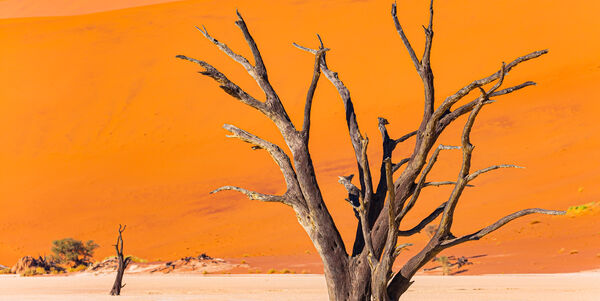Although British nationals can enter Namibia for a holiday or private visit of up to 90 days without a visa, there have been cases where visitors have only been given permission to stay for periods much shorter than 90 days, sometimes as short as only 7 or 10 days. Before leaving the immigration desk in the airport arrivals hall, check that you have been given permission to stay in Namibia for the duration of your intended visit up to the maximum allowable of 90 days and that you have been given a correctly dated entry stamp by Namibian Immigration officials, as this will be checked on departure.
Overstaying the time granted or an incorrect or missing entry stamp could lead to detention, arrest and a fine.
If you intend to work (which includes volunteering) or stay in Namibia for a period of more than 90 days, you must get a visa from the Namibian High Commission in London before you travel.
